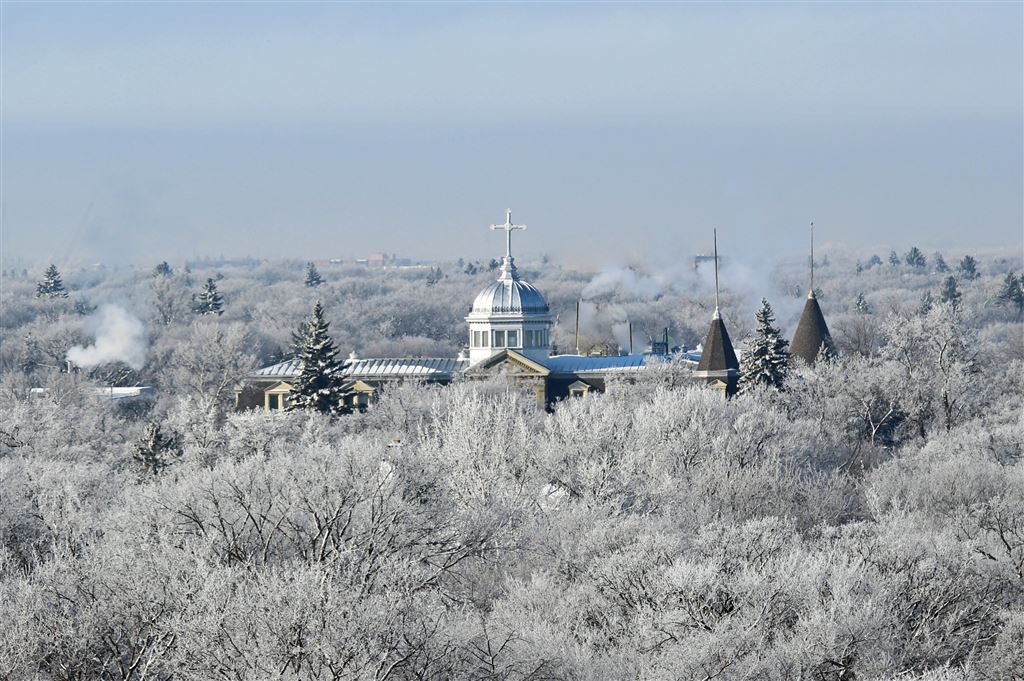Some of the most beautiful winter photography occurs when you are able to capture the beauty of fresh snow. However, without knowing a few tricks of the trade, it can be very difficult to capture both the texture and correct colour of snow. The exposure and white balance settings can easily be fooled by the bright lighting conditions. Here are tips and techniques from Red & Gold Photography for excellent winter photography.
Ideally, you should shoot when the sun is low on the horizon to capture the texture and shape of the snow on what would otherwise look like a uniform field of white. But whether the sky is overcast or the sun is shining, special care must be taken to ensure that the snow in your photograph is the correct colour.
Very bright snow acts as a second light source by reflecting sunlight shining on the ground. Some cameras offer a Snow or Winter setting, and this feature can be very helpful. It usually corrects the Auto white balance calculation of the camera and lowers the exposure value to avoid over-exposing the image. However, when using this mode, the photographer has much less control over aperture and shutter speed which limits creativity. Fortunately, you don't absolutely need the help of a preset scene mode to create stunning winter photography.

In winter photography, the days are often cloudy which makes the white balance easy to set. Most cameras have a "Cloudy" setting, which works well in cloudy conditions and tends to produce accurate colours. However, often the exposure still needs to be corrected. Lowering the EV compensation by -0.7 or -1 is a good rule of thumb. As long as the center of the frame is bright, using Center-weighted or Spot metering is the best way to reduce the risk of over-exposing your images.
It is even more crucial when shooting winter photography to set the white balance accurately when the sky is blue and the light is very bright. Generally, the preset white balance modes result in a strong blue cast in all your photos. The best way to achieve a correct white balance is to use the Custom or Manual white balance mode. Simply point the camera to a clean patch of snow and the correct balance of colours will be set for your entire session.
In sunlit conditions it's even more important to avoid over-exposing images. Set the exposure while framing a bright area, compensate by lowering the EV value, or use spot metering. Lastly, while you are enjoying the snowy fun of winter photography, don't forget to protect your equipment from the elements!

For more professional photography tips and techniques, look no further than Red and Gold Photography. Based in Dubai, Red and Gold Photography offers you a wealth of photography resources including quality cameras and equipment, workshops, and study opportunities.